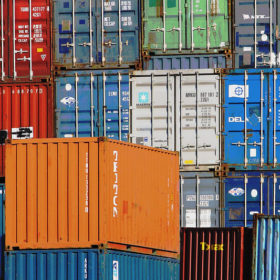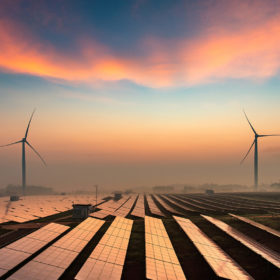Germany has urgent need to expand solar module recycling capacities, IEA-PVPS says
Feedback from stakeholders involved in Germany’s end-of-life PV modules treatment chain found more needs to be done around the transparency of PV module waste volume, the take-back and collection process and module recycling, as the country prepares for significantly larger volumes by the end of the decade.
IRENA says world needs 1.1 TW of renewables per year
The International Renewable Energy Agency (IRENA) released a new report on the sidelines of the Berlin Energy Transition Dialogue this week describing the actions needed so the world complies with targets set at the recent COP29 conference in the United Arab Emirates. IRENA President Francesco La Camera says renewables are the only energy sources with the speed and scale to achieve the ambitious targets set in Dubai.
Weekend Read. COP: A solar flop?
Tripling clean energy generation capacity to 11 TW by 2030 was a leading pledge from the United Nations’ (UN) climate change conference in Dubai. With few details about infrastructure and energy storage and no clear PV targets, however, it is hard to judge the effectiveness of the 28th global Conference of the Parties (COP) meeting. Angela Skujins considers possible impacts for the solar industry.
Navigating Romania’s PV boom
A latecomer to the European PV party, Romania’s embrace of clean energy means it is perfectly placed to ride the wave of urgently ramped grid investment being rolled out by the European Union.
Empirical approach shows PV is getting cheaper than all the forecasters expect
With the consistently unambitious forecasts for solar trotted out by entities such as the International Energy Agency (IEA) now a matter of record, a German risk management company has tried to predict more realistic figures for 2030 and beyond.
Global solar additions to hit 310 GW in 2024, says IEA
The International Energy Agency (IEA) said in a new report that solar will remain the main source of global renewable capacity expansion in 2023, accounting for 286 GW. In 2024, the figure is set to grow to almost 310 GW, driven by lower module prices, greater uptake of distributed PV systems, and a policy push for large-scale deployment.
Indonesia’s race to net zero
Coal-dependent Indonesia has huge solar potential but progress toward a net zero economy has been sluggish, explain Daniel Kurniawan and Fabby Tumiwa from the Institute for Essential Services Reform (IESR), an Indonesian thinktank.
Global heat pump sales rose by 11% in 2022, says IEA
China sold the most heat pumps in the world in 2022, but Europe recorded the highest growth in overall sales, according to the International Energy Agency (IEA). It says Italy, France, and Germany accounted for almost half of all sales in Europe, and notes that air-to-water heat pumps were the most popular technology.
When will the world be fossil free?
Despite the ever-growing number of nations committing to attaining a net-zero economy, there appears little prospect yet of a future free of fossil fuels, as Roger Lewis, an environmental, social, and corporate governance (ESG) expert at Downing LLP explains.
Weekend Read: All of the above
Competition is intensifying in the electrolyzer space. With the International Energy Agency (IEA) expecting 380 GW of hydrogen production capacity in 2030, four different technologies will likely become prominent as demand spikes. We take a look at the market.










